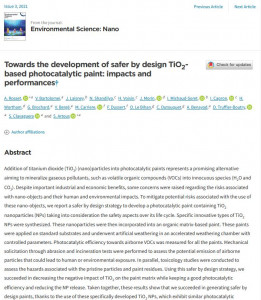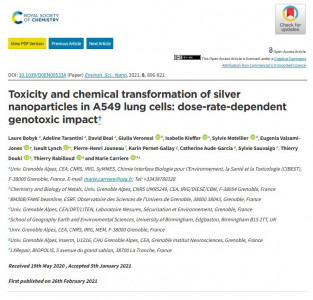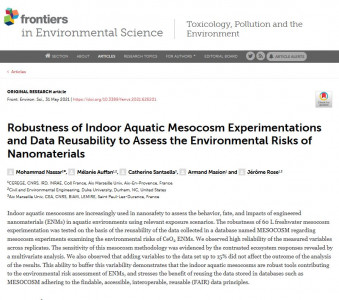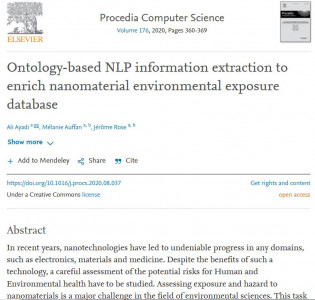Article on "Combining homogeneous and heterogeneous chemistry to model inorganic compounds concentrations in indoor environments: the H2I model (v1.0)" by Fiorentino, E. A., Wortham, H., & Sartelet, K. (2020).
Abstract:
Homogeneous reactivity has been extensively studied over the past years through outdoor air-quality simulations. However, indoor atmospheres are known to be largely influenced by another type of chemistry, that is reactivity with surfaces. Despite progress in the understanding of heterogeneous reactions, these remain barely integrated in numerical models. Here, a room-scale indoor air-quality (IAQ) model is developed to represent both heterogeneous and homogeneous chemistry. Thanks to the introduction of sorbed species, deposition and surface reactivity are treated as two separate processes, and desorption reactions are incorporated. The simulated concentrations of inorganic species are compared to experimental measurements acquired in a real room, thus allowing to calibrate the model’s undetermined parameters. For the considered experiments durations, the influence of the simulations initial conditions is strong. The model succeeds in simulating correctly the four inorganic species concentrations that were measured, namely NO, NO2, HONO and O3, together with the HOx (HO + HO2) radicals. Each parameter is then varied to estimate its sensitivity and identify the most prevailing processes. The speed of air and building filtration factor are uncertain parameters which appear to have a strong influence, the first one on deposition, and the second one on the control of transport from outdoor. As expected, the NO2 surface hydrolysis plays a key role in the production of secondary species. The secondary production of NO by the reaction of sorbed HONO with sorbed HNO3 stands as an essential component to integrate in IAQ models.
https://doi.org/10.5194/gmd-2020-192









